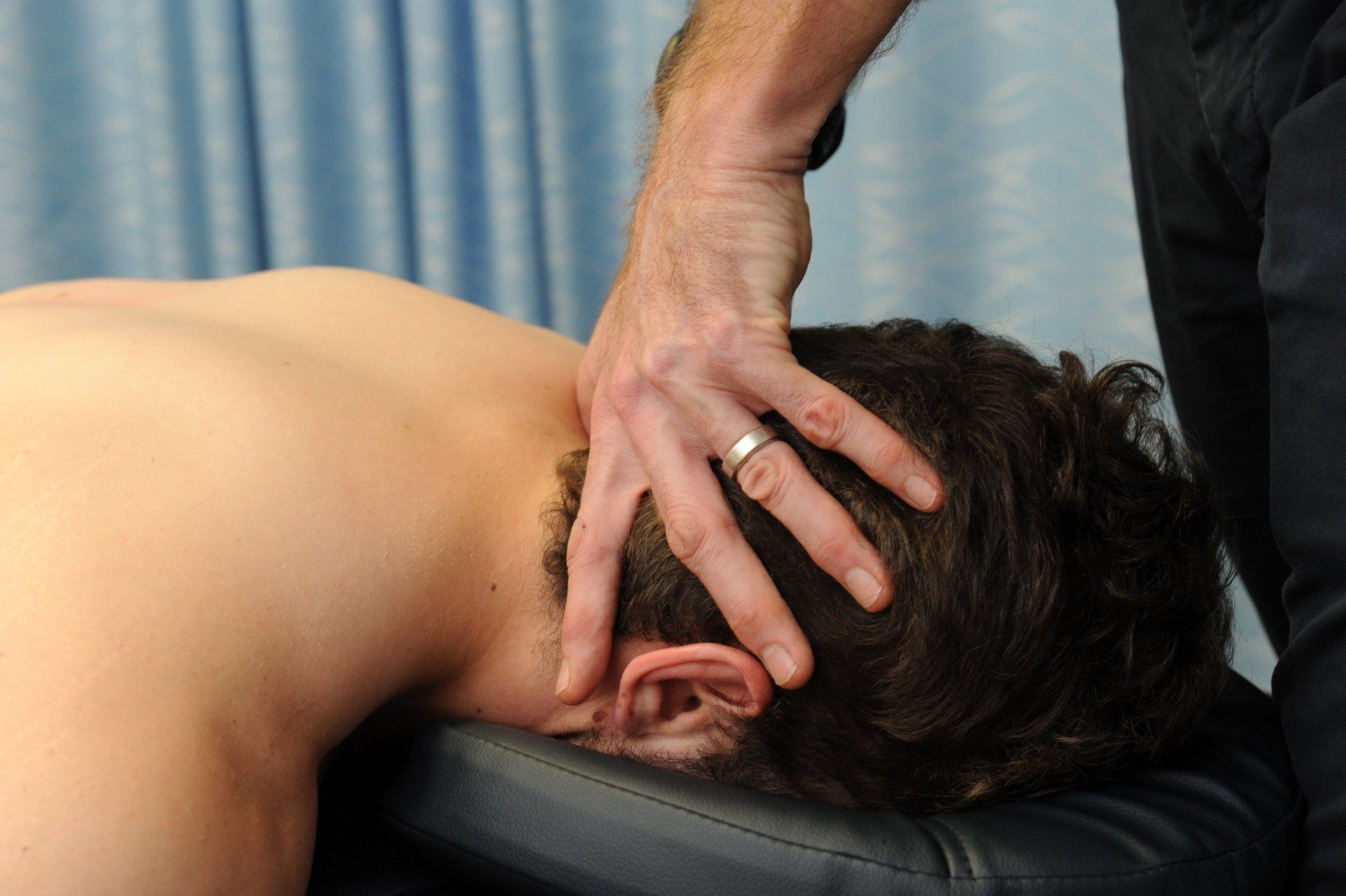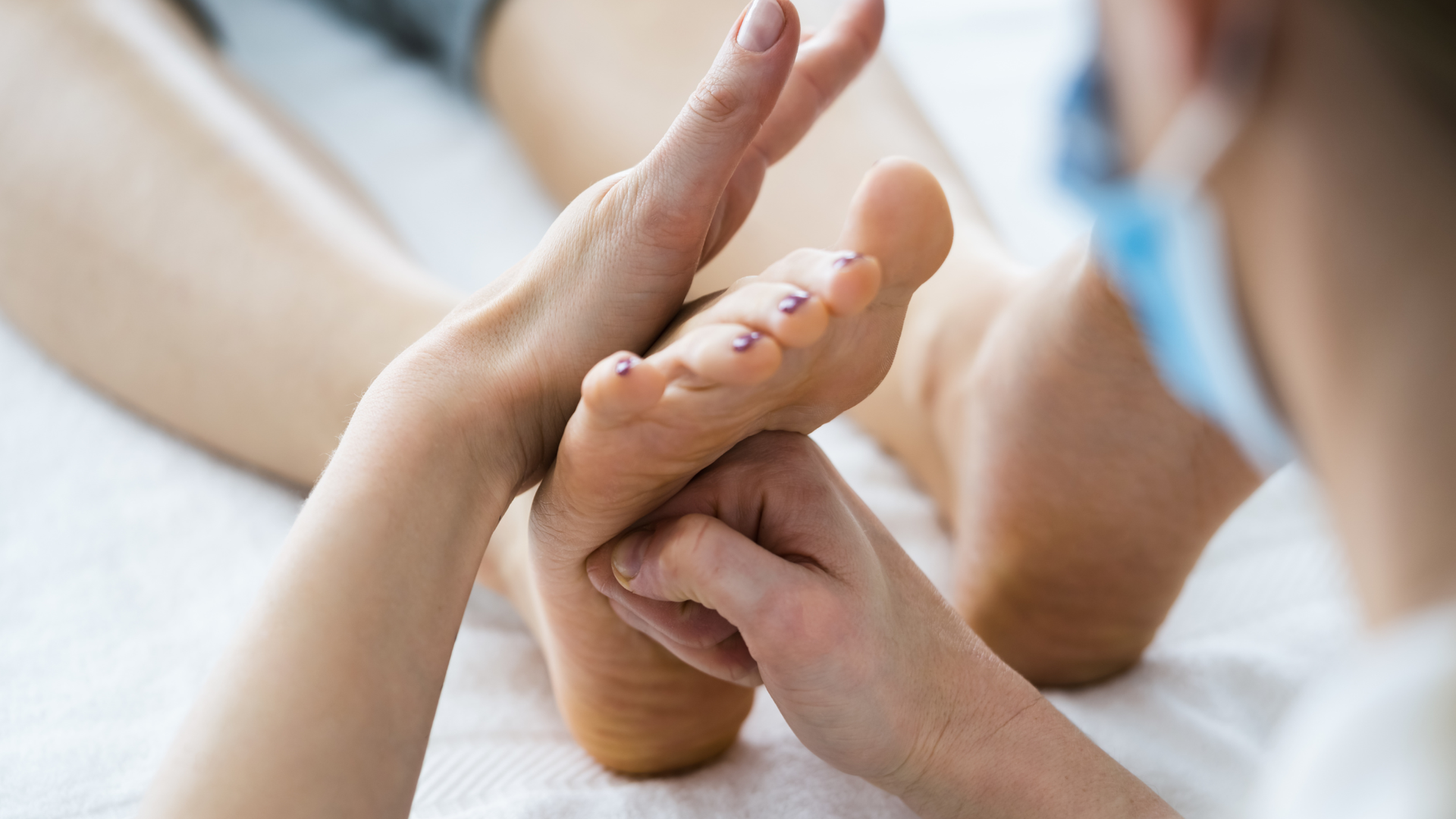What is it with Back Pain?
3 Important Facts About Back Pain
If you’ve ever experienced back pain, then you know how annoying, frustrating and debilitating it can be. Back pain is the 5th most common reason for a visit to the doctor and, in 2018, was estimated to cost the Australian economy about $4.8 billion dollars!
Back pain is THE single most common complaint that physiotherapists see and treat. So we know a thing or two about it. And we want to break down some of the myths behind back pain. So here are 3 facts we think are important for everyone to know:
- BACK PAIN IS COMMON
It is estimated that non-specific (common) low back pain affects somewhere between 75-84% of people at some point in their lifetime, and that 23% of adults worldwide have low back pain RIGHT NOW. Even adolescents have high levels of back pain, with estimates of 11-33% prevalence at any one time. A lot of this back pain is chronic, which means it has been present for longer than 12 weeks. These facts are not here to trivialise your experience with back pain, just to highlight the fact that there is a lot of it out there. And because there is a lot of back pain, there are a lot of opinions, approaches and philosophies on how to best treat it. Which brings us to the second point.
2. There is NO ONE WAY to fix back pain
The way our physiotherapists approach the management of back pain varies depending on YOU - who you are, what your personal goals are, what your lifestyle is like, and the type of back pain you have - acute (present for less than 6 weeks), sub-acute (back pain present for between 6 – 12 weeks), or chronic (back pain has been present for greater than 12 weeks).
Some people get better by doing nothing – they just need some guidance around resting a little, going about some normal daily activities, avoiding certain postures and maybe doing a little stretching. Others will swear that pilates or yoga is the way to manage back pain, while others still will say that manipulation “fixes” their back pain. The reason that different methods work (or don’t work) for different people is because…
3. BACK PAIN IS COMPLEX
I mean, really complex! Here’s a list of just some of the structures that could be contributing to your back pain - Muscle, ligament, tendon, joint, intervertebral disc, bone, blood vessel, nerve, fascia, central nervous system (spinal cord and brain).
What’s more is that there are so many REASONS that these structures might contribute to back pain, including how you hurt your back, how long you have had symptoms, how you move (your biomechanics), what your posture is like, your age, and the presence of co-morbidities (things like osteoarthritis, diabetes, cardiovascular disease).
Not only is every episode of back pain DIFFERENT, the SOURCES of pain can change over time. Talk about complicated! All of this needs to be considered carefully in order to develop a successful treatment plan.
So, where do you start?
- Seek out Accredited Physiotherapy Clinics (like us!) that apply evidence-informed practice, understand the FACTS about back pain and can explain this to you in simple language! Knowledge is Power.
- Make sure you get a treatment plan that is aligned with your goals, that is progressive, and is functional! Exercise and movement is still THE BEST MEDICINE for back pain
- Recognise that lots of treatment approaches can be effective. Whether they ACTUALLY WORK depends on the ability to deliver these treatments at the right time, in the right way, and in the right volume.
Give us a call or book online RIGHT NOW if you want to see a physiotherapist that can get to the root of your back pain, takes a wholistic approach to your care and has a functional and goal-oriented approach to your recovery.
References
- Thiese et al (2014). Prevalence of low back pain by anatomic location and intensity in an occupational population. BMC Musculoskeletal Disorders, 15, 283-294.








